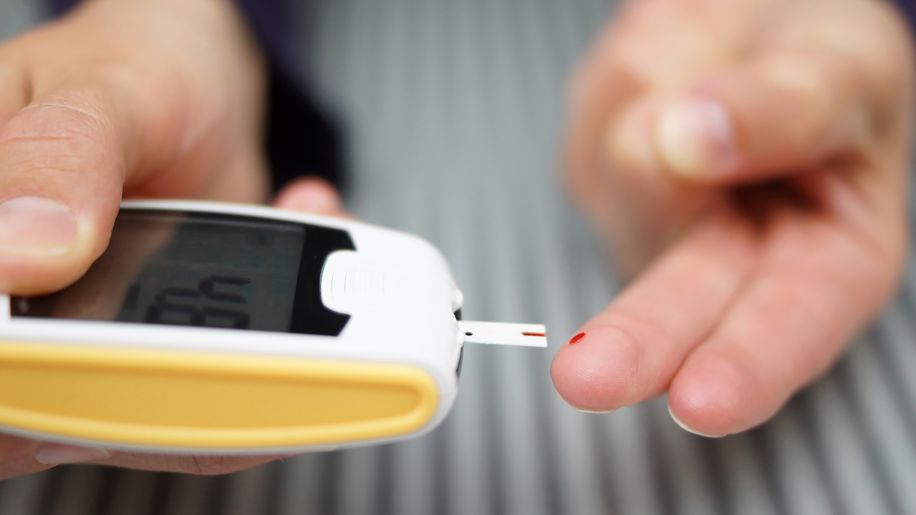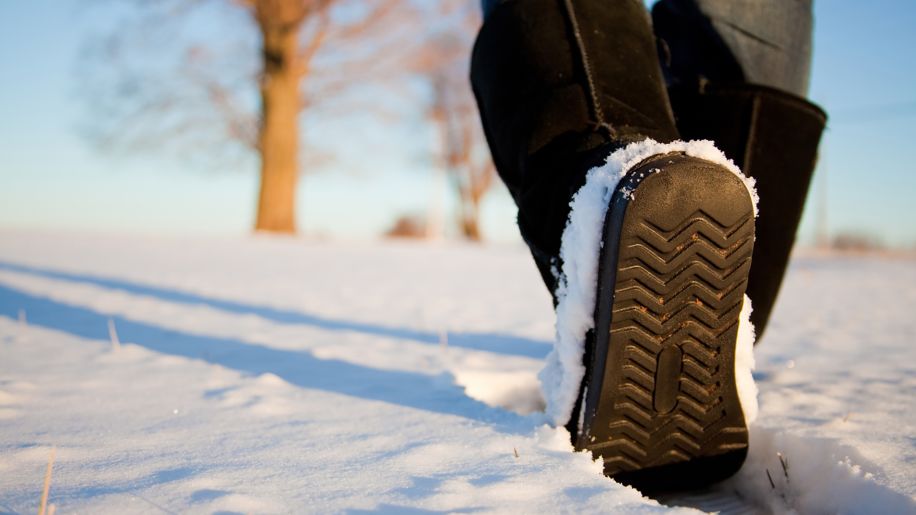4 ways winter affects your diabetes
Cold hands could be a bigger problem than you think.
Updated on July 18, 2023

Between frigid weather and the frenetic holiday season, it can be tough to control blood sugar and manage your diabetes in the winter. Cold temperatures can actually cause your body to release stress hormones like cortisol. This can stimulate your liver to make more glucose and reduce how much insulin you produce. As a result, your blood sugar levels may go up.
Winter can also affect other aspects of your diabetes care. Get to know what can change during this season so you’re prepared to maintain good health. “With diabetes it’s always about having a plan,” says Carole Radney, director of the Diabetes Management Center at Coliseum Medical Center.

Your Blood Sugar Tests
The problem: If your hands are cold because of chilly weather, it can be hard to do a finger prick test.
“People with diabetes don’t want to monitor as much in the wintertime. It hurts their fingers because they can’t get good blood flow,” Radney says. Also, blood glucose monitors can be less reliable in the cold and give you incorrect numbers.
The solution: Don’t cut back on testing your blood sugar in the winter. Heat up your hands before pricking your finger by running them under warm water, holding a warm mug of tea, or putting them near a heater. Keep your testing supplies indoors (and never in a car), and warm them up before using them.

Your Fitness Routine
The problem: Staying active is a great way to make your body more sensitive to insulin and to control blood sugar levels. But finding the motivation to exercise is tough when temperatures drop, especially if you typically run, walk, wheel, or bike outdoors.
The solution: Work out indoors. Housework, indoor swimming, dancing, online exercise classes, and climbing the stairs are all great activities. Or, head to an indoor mall or the gym to work up a sweat. You should aim for at least 20 to 25 minutes of moderate-intensity physical activity each day.

Your Health
The problem: Dealing with a cold, the flu, COVID-19, or any respiratory virus could make it hard to take care of yourself and control your diabetes. When you’re sick, it can stress your body and cause your blood sugar levels to rise, and you might not even notice.
The solution: Dodge respiratory issues by being vaccinated for the flu, COVID-19, and respiratory syncytial virus, and by washing your hands often. If you do get sick, be sure to frequently check your blood sugar levels and have a sick-day plan.
"You don't want to be getting up to go to the store to get the things you need," Radney says. "You want to make sure you have medicine and food and drinks that are appropriate so that you don't end up at the hospital because your sugars have gone so high."
The Centers for Disease Control and Prevention (CDC) recommend including the following in your sick-day kit:
- Medicines for treating cold and flu symptoms, like pain relievers, antacids, and milk of magnesia
- A thermometer
- Shelf-stable food like canned soup, sports drinks, applesauce, crackers, and juice boxes

Your Wardrobe
The problem: Diabetes can lead to a loss of feeling in your fingers, toes, and limbs, which can make it difficult to tell if they're cold or injured.
The solution: If you're going out in the cold, try to limit the amount of skin that's exposed. Wear mittens and a scarf. Dress in warm layers made of synthetic or wool fabrics that will wick moisture away from your body; cotton isn’t a good choice for shirts or pants because it retains moisture. People with diabetes should also wear cushioned, non-constricting, moisture-wicking socks along with shoes that fit well and keep your feet warm and dry.

Centers for Disease Control and Prevention. Managing Diabetes in Cold Weather. Page last reviewed January 4, 2023.
Piedmont Healthcare. Change in Temperature Can Affect Blood Sugar Levels. Accessed on April 19, 2023.
American Diabetes Association. Weekly Exercise Targets. Accessed on April 20, 2023.
Centers for Disease Control and Prevention. Flu and People with Diabetes. Page last reviewed September 12, 2022.
Centers for Disease Control and Prevention. Diabetes: Managing Sick Days. Page last reviewed February 28, 2022.
Mayo Clinic. Winter Fitness: Safety Tips for Exercising Outdoors. June 29, 2019.
Centers for Disease Control and Prevention. Diabetes: Get Active! Page last reviewed November 3, 2022.
Carol B. Feldman, Ellen D. Davis; Sockwear Recommendations for People With Diabetes. Diabetes Spectr 1 April 2001; 14 (2): 59–61.
American Diabetes Association. Diabetes Foot Complications. Accessed July 18, 2023.
Featured Content


video


video

article

article


video
